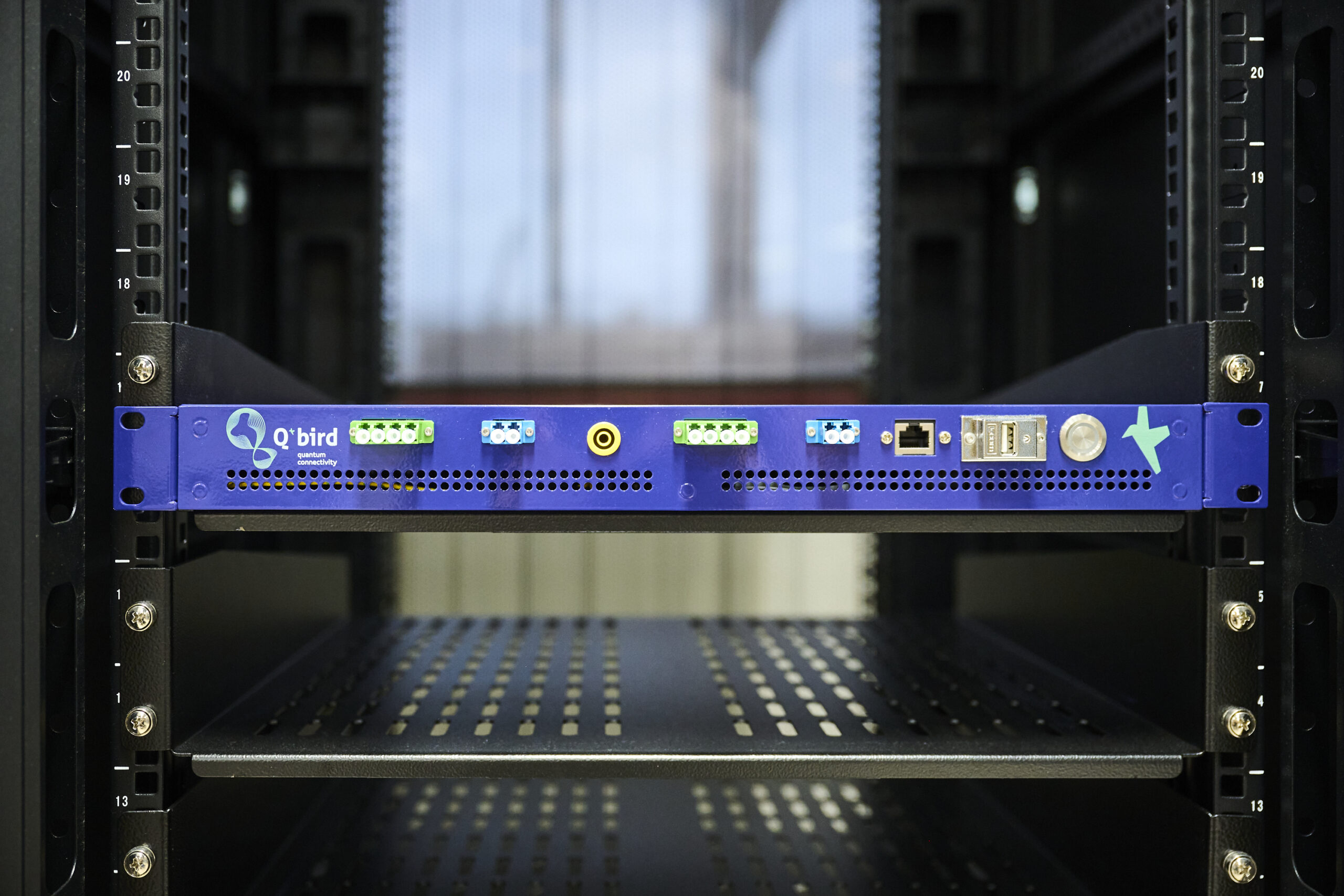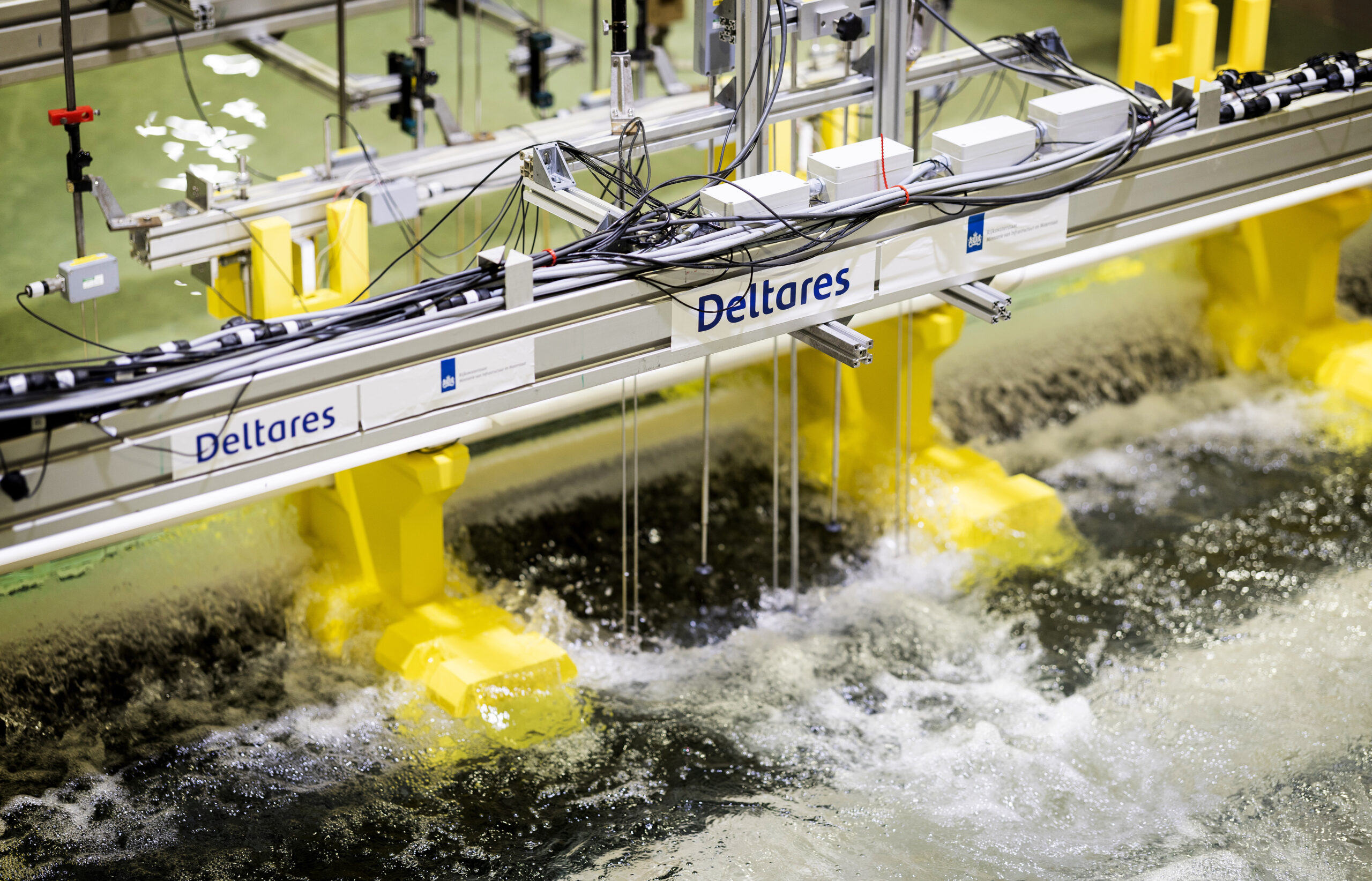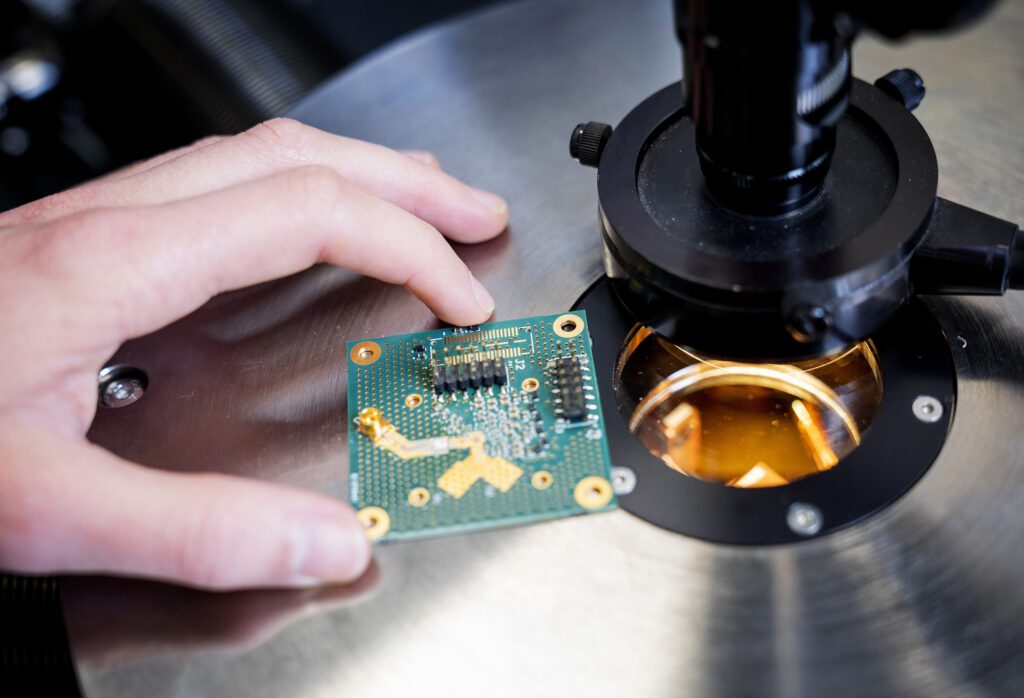
A team of researchers and students from TU Delft and the companies Van der Hoeven Horticultural Projects, Keygene and Hoogendoorn Growth Management has won the international Autonomous Greenhouse Challenge. The Automatoes team, with the help of artificial intelligence (AI) in a fully automated greenhouse, not only achieved the best tomato harvest after six months, but also scored best on sustainability.
The Automatoes team not only competed against other international teams who also had to control their greenhouse remotely. At the same time, all teams also competed with a team of professional tomato growers who were allowed to enter their greenhouse. Remarkably, the algorithms of all teams beat the professionals.
Cherry tomatoes
The competition, organised by Wageningen University & Research and IT company Tencent, was about growing cherry tomatoes remotely, using in-house developed algorithms. Each team had access to a high-tech greenhouse compartment, equipped with the same installations, for controlling temperature, light, humidity and the amount of CO2, among other things.
The young tomato plants were placed in the greenhouse in December 2019, and the control of the greenhouse and the crop was taken over remotely by the various teams a few days later. The last tomatoes were harvested at the end of May, after which all data could be analysed.
The team did not attempt to create one complex AI system that controls everything, but divided the problem into bite-sized chunks.
Best AI strategy
Automatoes came out on top in all areas: the team not only achieved the highest net yield – high production and high quality – but also used the least raw materials (water / energy) per kilo of tomato and therefore also scored highest on durability. The team’s AI strategy was also rated best on the following criteria: autonomous, innovative, robust and therefore implementable among commercial growers around the globe.
“The team did not attempt to create one complex AI system that controls everything, but divided the problem into bite-sized chunks. We looked at what a horticulturist is actually trying to achieve. It is essential to objectify and quantify this. This allows you to select a suitable AI method for each target. ” – Team captain Leonard Baart de la Faille
“We tried not to use data from other greenhouses,” he continues. “You never see exactly the same greenhouse, in exactly the same climate with exactly the same crop. That is why we have also tried a new data-driven control technique that runs purely on the data of the greenhouse itself, without the use of training data from other greenhouses or a detailed simulation model. ”
Optimal climate conditions
Historical data from previous crops remains important, for example to determine the optimal climate conditions for these specific tomatoes. Researcher Tamas Keviczky from TU Delft: “The strive towards completely autonomous greenhouses offers excellent opportunities for the application and further development of data-driven control approaches that combine engineering models based on first-principles with online optimisation and machine learning. A key aspect is how to use a combination of real-time data from various sensors and weather predictions together with earlier records from the same greenhouse and crop cycle.”
Link between greenhouse and control system
Data scientist Niek Bouman of KeyGene formed the link between the images from the greenhouse and the control of the system. He extracted relevant information from the images, in order to further improve the control algorithms. Bouman: “I had a great time with our team. Usually, I support plant breeders. At the Automatoes, I have been able to apply my knowledge and experience in a completely different area, with fantastic results. ”
Personalised dashboard
All data from team Automatoes was available ‘at a glance’ on a central platform. “This personalised dashboard contains both short- and long-term data, statistics and timelapses,” says Evripidis Papadopoulos of Hoogendoorn Growth Management. “This meant that all relevant information was always available to everyone.” Moreover, this data has been used for the algorithms, Rene Beerkens adds. “The team has therefore experienced all the benefits of data driven growing.”
TU Delft AgTech Institute
In the run-up to the challenge, the recently founded TU Delft AgTech Institute, together with Van der Hoeven, formed the winning team of private parties and experts within the Delft University of Technology in the field of AI and Systems & Control, Business Developer Liselotte de Vries says.
“The AgTech Institute is aimed at stimulating research and innovation around agri-food technology”, De Vries states. “The Autonomous Greenhouse Challenge is a great example of promoting public-private partnerships by connecting industry with our researchers and technology. In this way we contribute to the transition to a sustainable horticultural sector. The AgTech Institute is aimed at stimulating research and innovation around agri-food technology.
The future
TU Delft and the companies are already working together on a new project, an extension of the Autonomous Greenhouse Challenge. The goal is to further automate the management of greenhouses using data-driven AI. This allows the Netherlands to maintain its leading position in agritech. At the same time, the companies will start to market parts of this approach as commercial products. TU Delft researcher Neil Yorke-Smith: “Winning was a team effort and the background and skills of the individual team members are also likely to be the key to a successful future collaboration!”



